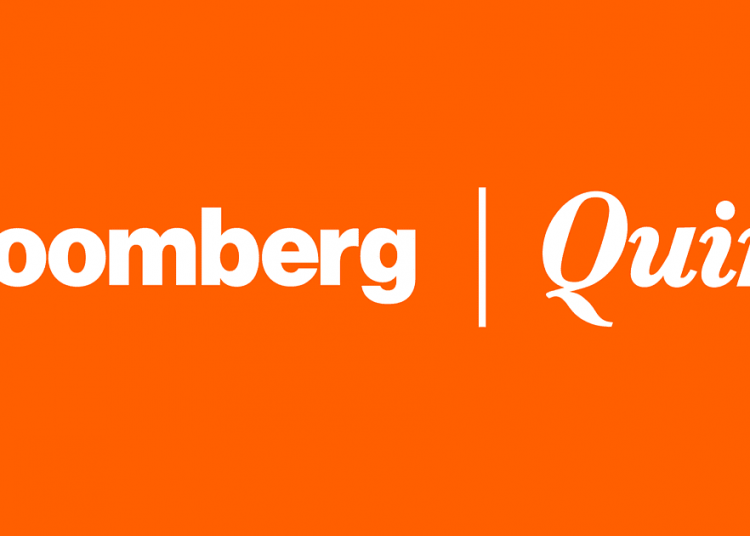(Bloomberg) — For a stark illustration of how dominant individual investors have become in U.S. equities, check out the proportion of volume happening in the tiniest stocks.
While it’s not unheard of to see a microcap like pet-medicine maker Zomedica Corp. top the most-active list with a billion shares traded, as it did Monday, it is notable when it and five other companies selling for less than $1 make up almost a fifth of overall volume. That also occurred yesterday, data compiled by Themis Trading LLC’s Joseph Saluzzi show.
Hand-over-fist buying by retail day traders, a hallmark of markets for a better part of the past six months, is sending volume skyward both on major exchanges and elsewhere.
One way of seeing the impact retail traders have on volume is to compare it at places like NYSE and Nasdaq with that on broker-operated venues, where orders from apps like Robinhood are often steered. Trading on the latter exceeded the former last month for the first time since at least 2008, data compiled by Bloomberg show.
“I thought it was pretty odd,” said Saluzzi, co-head of equity trading at Themis Trading. “I’ve been around for a long time, I’ve seen people in chat rooms and retail investors saying ‘we can make some money – it’s easy.’ There’s a risk it may not end well.”
Share volume, elevated for months, spiked anew last week, when an average 14.8 billion shares changed hands on U.S. venues, ranking among the busiest stretches of all time. Only three weeks in March of last year and two during the financial crisis witnessed higher share turnover, data compiled by Bloomberg show.
For now, for the people making the trades, it’s working. The cheaper a company’s share price, the better its performance has been. On average, Russell 3000 stocks with price tags below $2 a share have surged almost 13% so far in 2021. Those with share prices below $5 are up close to 10%. That’s more than three times the gain experienced by stocks with share prices above $100.
Half a billion shares of Zomedica changed hands before noon on Tuesday, with turnover on track for another record after more than 1 billion shares traded on Monday.
Tonix Pharmaceuticals Holding Corp., which develops therapies for disorders of the central nervous system, saw its trading volume on Monday spike to 12 times its 2020 average. Sundial Growers Inc., another penny stock that was among the most active on Monday, saw its turnover jump nine-fold from its average last year. All told, traders in these stocks, along with Acasti Pharma Inc., BioNano Genomics Inc. and a few others, traded 2.6 billion shares on Monday, almost one-fifth of the entire trading that day.
Off-exchange activity is showing few signs of easing, say strategists at JPMorgan Chase & Co. including Nikolaos Panigirtzoglou, who in a recent report cited a proxy for NYSE margin-account data indicating a potentially strong pickup in December versus previous months.
“What explains this remarkable resilience of equity and risk markets more generally since December?” the bank’s strategists asked in a recent note. “The answer is liquidity which appears to be reverberating once again in an intense manner via retail investors, in a repeat to Q2 of last year.”
At the same time, in the view of some Wall Street hands, the shift away from public exchanges like NYSE to more opaque broker-run venues weakens a cornerstone of markets: prices. Those off-exchange platforms set prices for their own trades off prices in public markets. But if public markets are diminished to the point where they make up the minority of trading, those prices are hobbled, according to Don Wilson, founder and chief executive officer of Chicago-based trading firm DRW.
“The only way of measuring how good that execution is is by referencing the lit venues, but if the lit venues have just completely had their kneecaps taken out, then at some point you don’t even have a reference anymore,” he said in an interview.
















